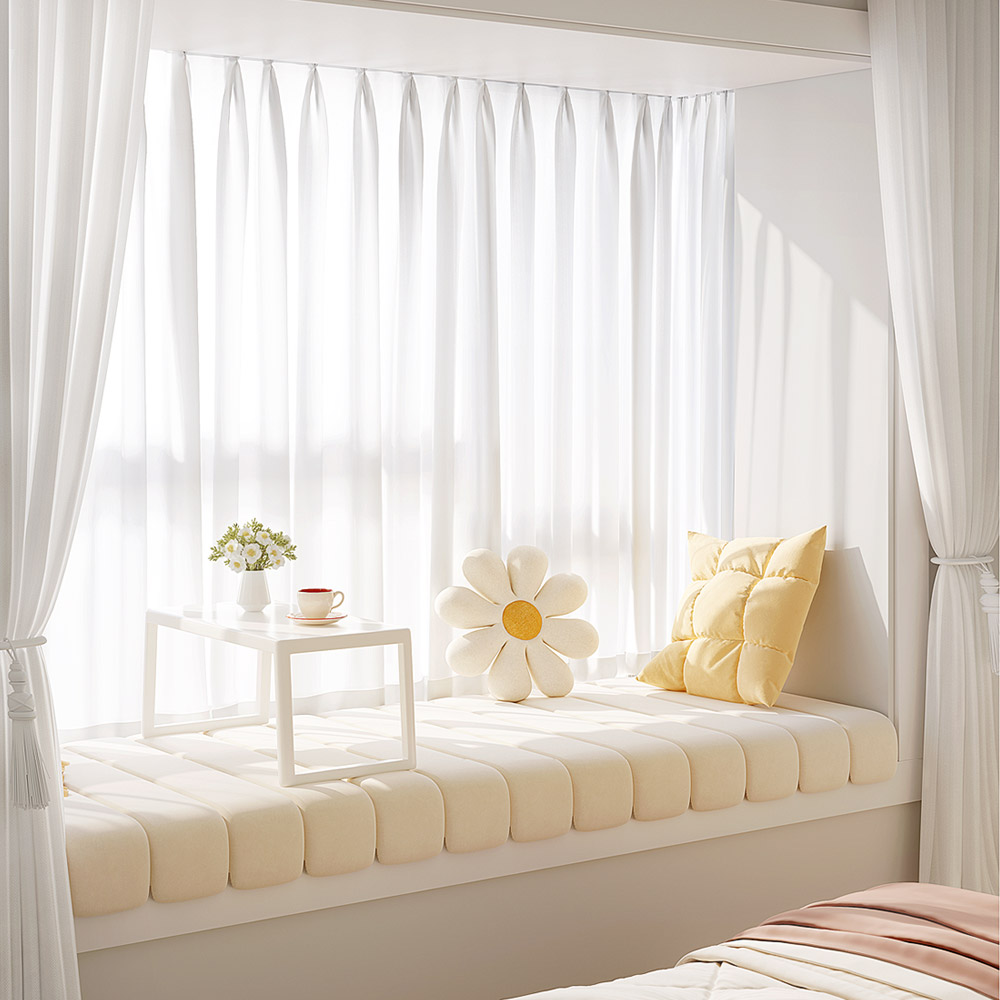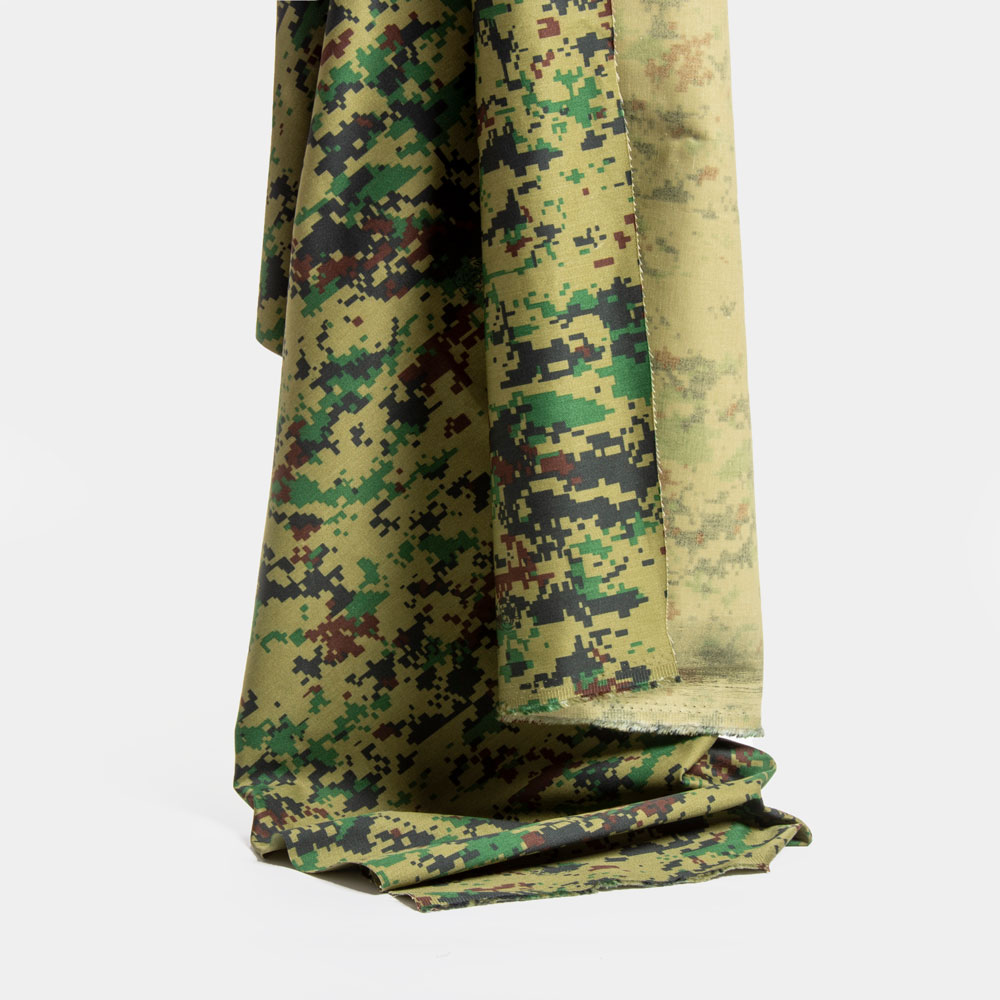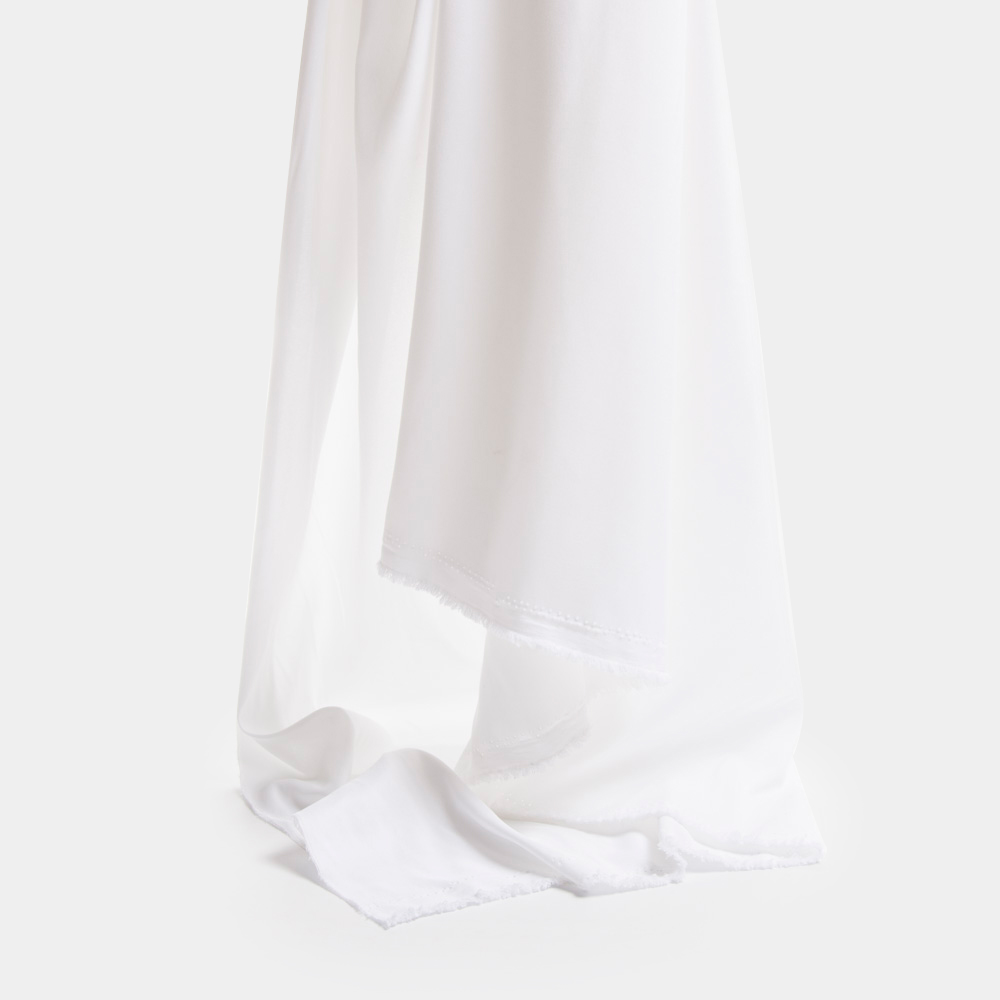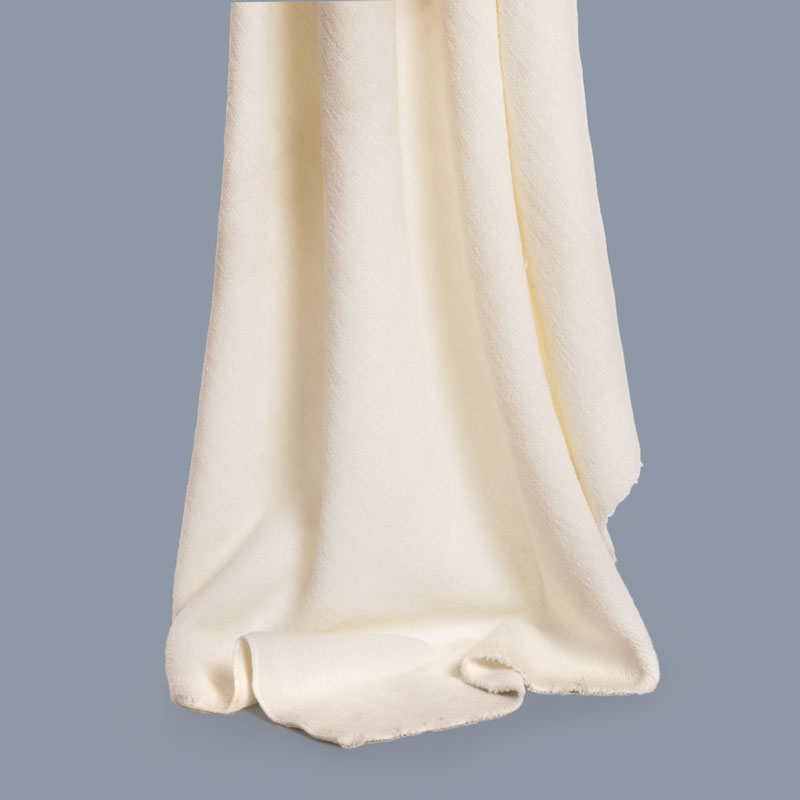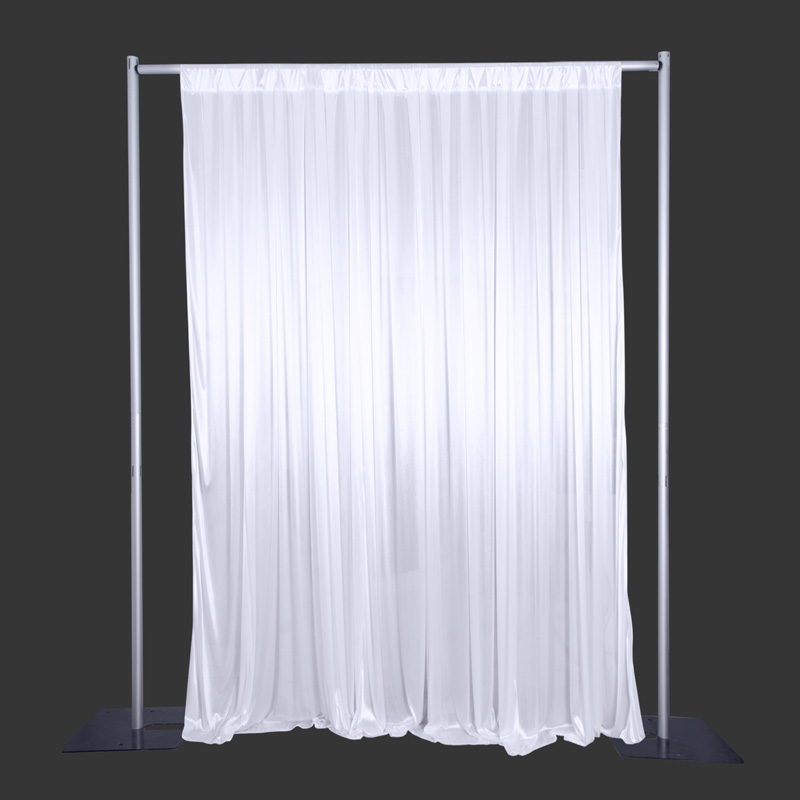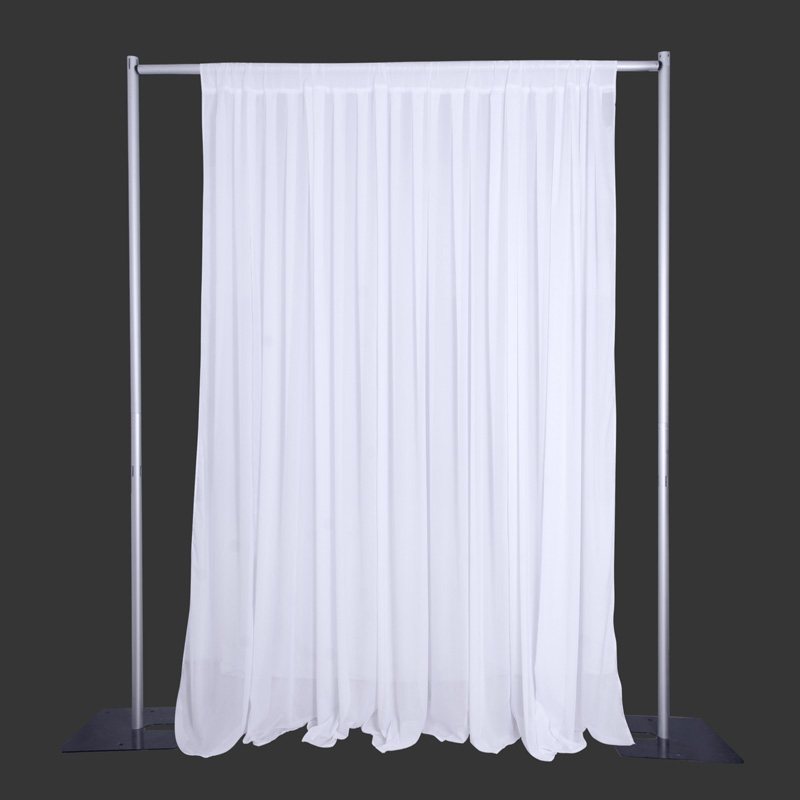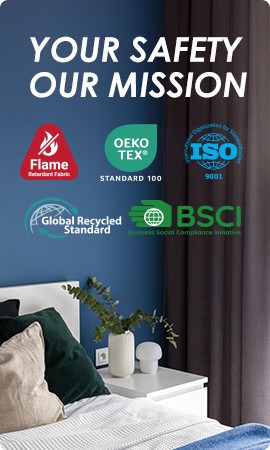Flame Retardant Fabrics: How to Identify FR, IFR, DFR, PFR and NFR Fabrics
Flame retardant fabrics play a crucial role in providing safety and security in various applications. Understanding the different types of flame retardant fabrics, such as FR, IFR, DFR, PFR and NFR, can help selecting the appropriate material for your specific needs. Let’s dive into the details of each type of flame retardant fabrics.
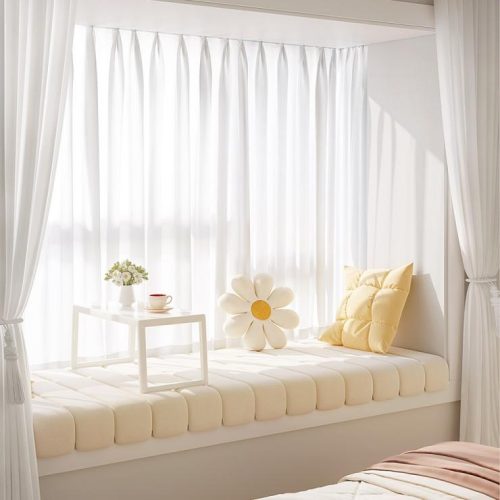
Understanding Flame Retardant Fabrics
Flame Retardant (FR)
Flame retardant (FR) are a group of different chemicals added to manufacturing materials, such as textiles and coatings. Fire requires heat, fuel, and oxygen, and FR fabric is designed through a series of processes to reduce these ignition conditions during combustion and achieve flame retardancy. Depending on the type of flame-retardant fabric, this process can be interrupted by removing the fuel source, removing the heat that impacts the fabric or replacing oxygen.
Inherent Flame Retardant (IFR)
It is can be classified as Inherent Flame Retardant (IFR) if the fabric is woven with thread that meets fire safety standards without any special treatment or addition of chemicals. IFR fabrics are expected to maintain flame retardancy throughout their lifespan even after repeated washing. Popular examples include high-performance textiles composed of aramid fibers or chemically resistant polyester. This fabric can reduce flammability and is more prone to self extinguishing when exposed to fire, thereby minimizing the release of toxic smoke to the greatest extent possible.
Durable Flame Retardant (DFR)
The key characteristic of Durably Flame Retardant (DFR) fabric is that it maintains long-lasting flame retardancy even after repeated cleaning, which can meet the flame retardant requirements of fabric products that require multiple maintenance. Therefore, DFR fabric is becoming increasingly common in industrial and outdoor clothing, meeting strict fire safety regulations while maintaining a beautiful and comfortable wearing experience.
Permanent Fire Retardant(PFR)
Permanent flame retardant(PFR) has the word ‘permanent’, which indicates the advantage of flame retardant properties. Normally, the flame retardant performance of standard flame-retardant fabrics will decrease after 50 or 100 washes. However, each fiber of permanent flame-retardant fabrics is endowed with inherent flame retardant properties, making flame retardant performance not affected by washing. Permanent flame retardant fabric is more durable and suitable for more demanding usage scenarios.
NON Flame Retardant (NFR)
Non-Flame Retardant (NFR) fabrics refer to fabrics that have not undergone any flame retardant treatment or do not have inherent flame retardancy. These materials can quickly ignite and spread flames, posing significant risks in environments with fire hazards. It is crucial to identify NFR fabrics and evaluate their suitability for specific applications.
Application scenarios of Flame Retardant Fabrics
Enhance the comfort of your home
Flame retardant fabrics are not just beneficial for safety; they can also enhance the comfort of your home. Using flame-retardant textiles in curtains, beddings, and decorative fabrics provides peace of mind while maintaining aesthetics. For example, BEGOODTEX Flame Retardant Curtains can effectively ensure the relief of fire while decorating windows.
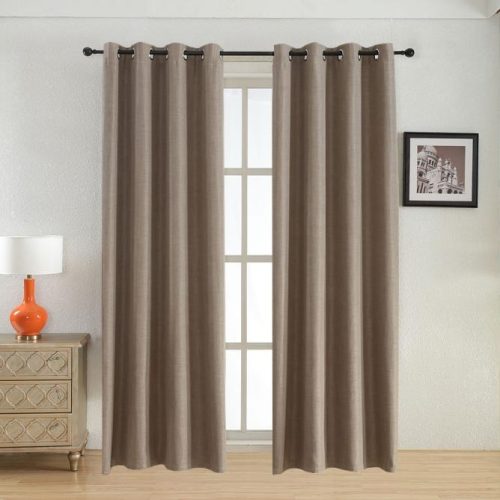
Create a safer medical environment
In the medical environment, flame-retardant fabrics are crucial for creating a safer medical environment. Hospitals and clinics typically require strict adherence to fire safety standards, such as NFPA701, BS5867, CAN/ULC-S109, DIN4102-B1. For instanse, BEGOODTEX Flame Resistant Hospital Bed Sheet provides durability and comfort for patients and staff while creating safety protection.
Provide a healthier wearing experience
Flame retardant clothing can effectively reduce the risk of fire injuries and slow down the burning speed of fires. In addition, the specially treated fabric surface can reduce the possibility of bacterial proliferation and transmission. BEGOODTEX Flame Retardant Clothing helps maintain cleanliness and hygiene and provides a healthier wearing experience.

Conclusion on Selecting the Right Fabric for Your Safety Needs
Choosing the appropriate flame retardant fabric for your specific needs can significantly impact safety in various environments. Whether you’re considering FR, IFR, DFR, or NFR fabrics, it’s essential to understand their functionalities, as each type has been designed with particular applications and requirements in mind. Identifying the right fabric often involves evaluating the level of fire risk present, the frequency of fabric use, and necessary maintenance routines.
Understand Your Environment
Understanding the specific environment where the fabrics will be used is vital. For high-risk areas, such as industrial environments or establishments where flammable materials are present, selecting IFR or DFR fabrics may be more appropriate due to their inherent or durable flame-resistant qualities. On the other hand, in low-risk scenarios, FR or even NFR fabrics may suffice, depending on the decorative needs without compromising safety.
Evaluate Usage and Maintenance Requirements
Consider how often the fabrics will be cleaned or laundered. DFR fabrics, known for maintaining their flame-retardant properties even after numerous washes, would be ideal for garments or textiles that undergo frequent cleaning. However, it is essential to remember that FR fabrics may require periodic re-treatment, which could add to the overall maintenance effort. Thus, selecting a fabric with suitable longevity characteristics will save time and associated costs in the long run.
Review Testing and Compliance Standards
It is crucial that any selected fabric complies with relevant safety standards and regulations such as those outlined in EN ISO 11612 for protective clothing, or NFPA 701:2019 for flammability testing. Reviewing test reports assures that your fabric meets the required criteria and can effectively minimize the risks associated with fire hazards. This testing ensures that fabrics not only perform well against flames but also contribute to a safe working or living space.
Consider Comfort and Aesthetic Appeal
Flame retardant fabrics can also enhance the overall aesthetic of a space without compromising safety. Selecting fabrics that are not only safe but also comfortable and visually appealing can help create environments that are stylish, practical, and secure. Both residential and commercial spaces benefit from the balance between decor and safety, encouraging a thoughtful approach to fabric selection that meets both functional and aesthetic needs.
In summary, selecting the right flame retardant fabric involves careful consideration of the application, maintenance needs, testing standards, and overall comfort. The ongoing evolution in fabric technology suggests there are suitable materials for various uses, whether it be in the workplace or at home. Prioritizing flame retardancy in fabric choices not only enhances safety but also contributes to meeting regulatory requirements effectively, ensuring a safer environment for everyone involved. BEGOODTEX has passed BSCI certification and has a complete factory and technological level, continuously providing high-quality flame-retardant fabric products for you to choose.

